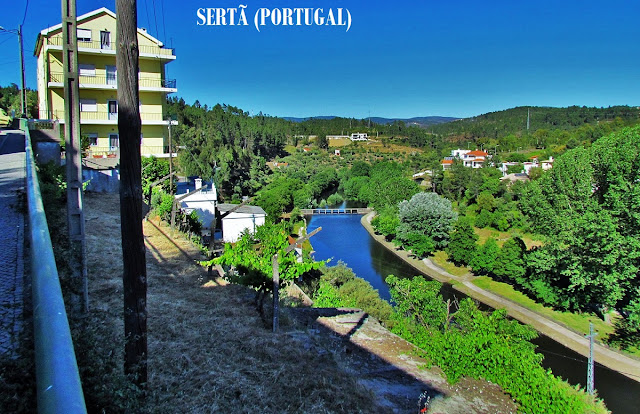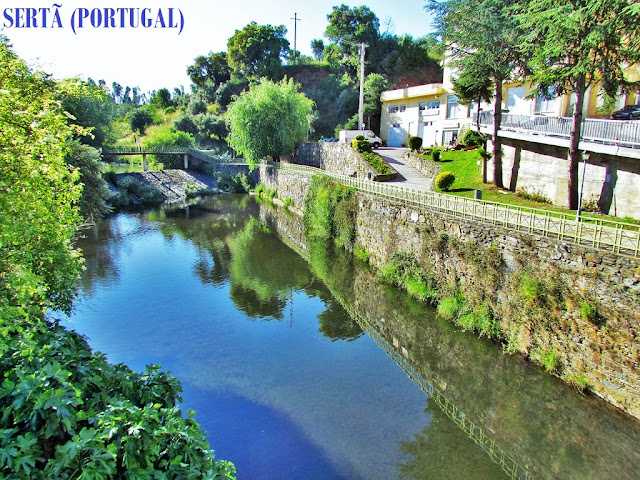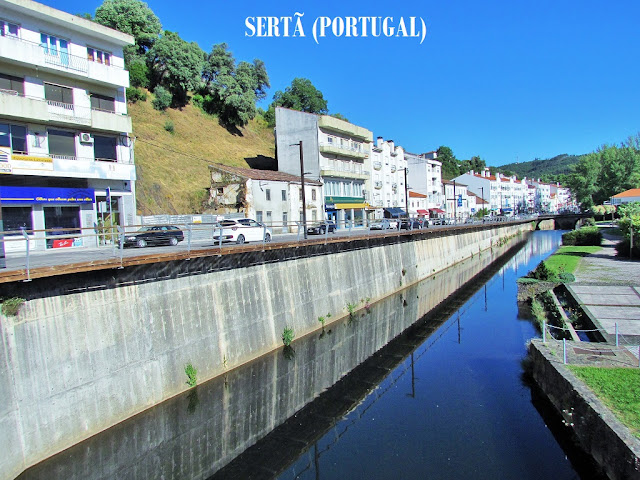SERTÃ
N 39.80982; W 8.09719
It is the seat of a municipality with 453.13 km² in area and 6,196 inhabitants (2011), subdivided into 10 parishes.
The municipality is limited to the north by the municipality of Pampilhosa da Serra, to the northeast by Oleiros, to the southeast by Proença-a-Nova, to the south by Mação and Vila de Rei, to the west by Ferreira do Zêzere and to the northwest by Figueiró dos Vinhos and Pedrógão Grande, in these last three, the municipal border is established by the river Zêzere.
The locality is bathed by two streams, the Sertã stream, also known locally as the Ribeira Grande stream, and the Amioso stream (or Ribeira Pequena stream), joining this one on the Entre-Águas site.
The entire west of the municipality is bounded by the Zêzere river, more specifically by the reservoirs of the Cabril, Bouçã, and Castelo de Bode dams. The large body of water influences the climate making it humid.
The industry is based mainly on manufacturing companies linked to wood and wood products. The meat processing, paper and cardboard, stone cutting and finishing industry, coinfection industry, production of electric energy (hydro, biomass, and wind) are also significant. Agriculture is a subsistence sector, which is essentially composed of vegetables, potatoes, fruits, olives and oil, corn and vines, with reduced expression, both in the occupation of labor and in the technological resources employed.
Climate
The climate is Mediterranean type, with some continental influences. Summers are quite hot, with temperatures that frequently exceed 30 ° C, or reach 40 ° C, and winters considerably cold, with nights of minimum negative temperatures, thus registering a high thermal amplitude. In Cabeço da Rainha, the culmination of the Serra de Alvelos, and in neighboring parishes, it is frequent to snow during the winter.
💓💓💓💓💓
SEARCH IN ALPHABETICAL ORDER
IN THE DISTRICT OF CASTELO BRANCO
💓💓💓💓💓
Return to mainland Portugal &
the Azores and Madeira islands











































